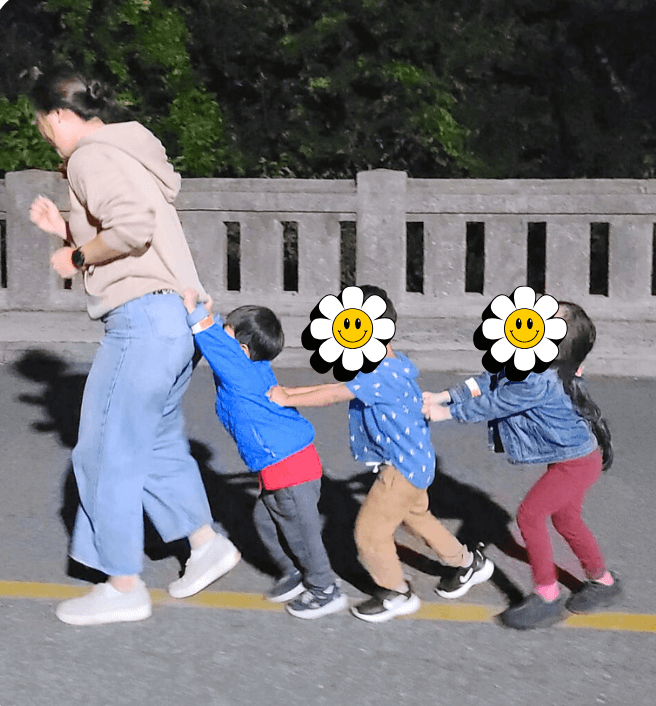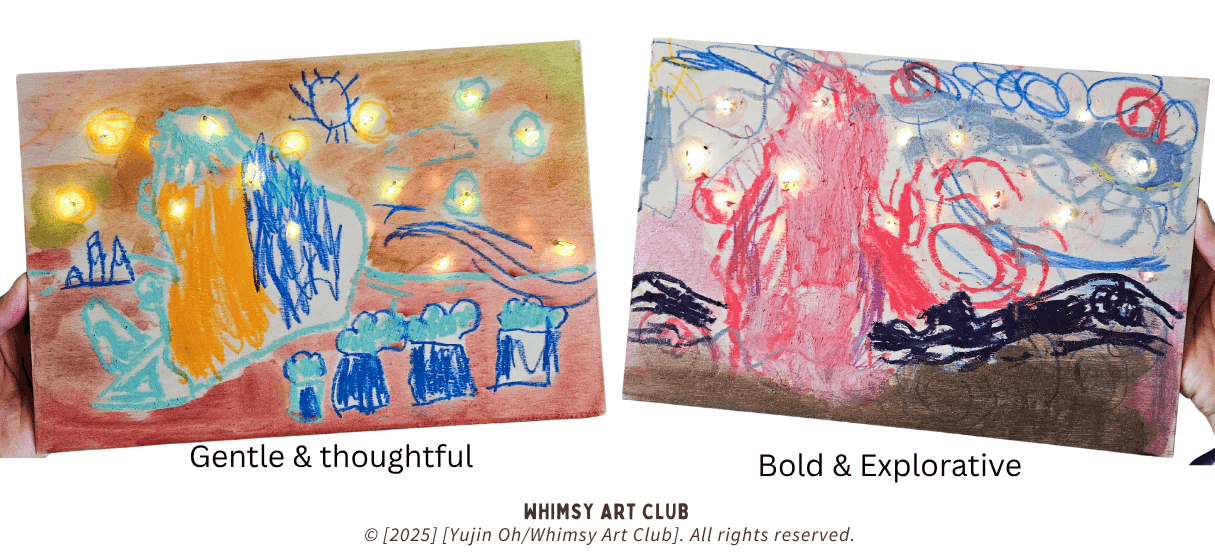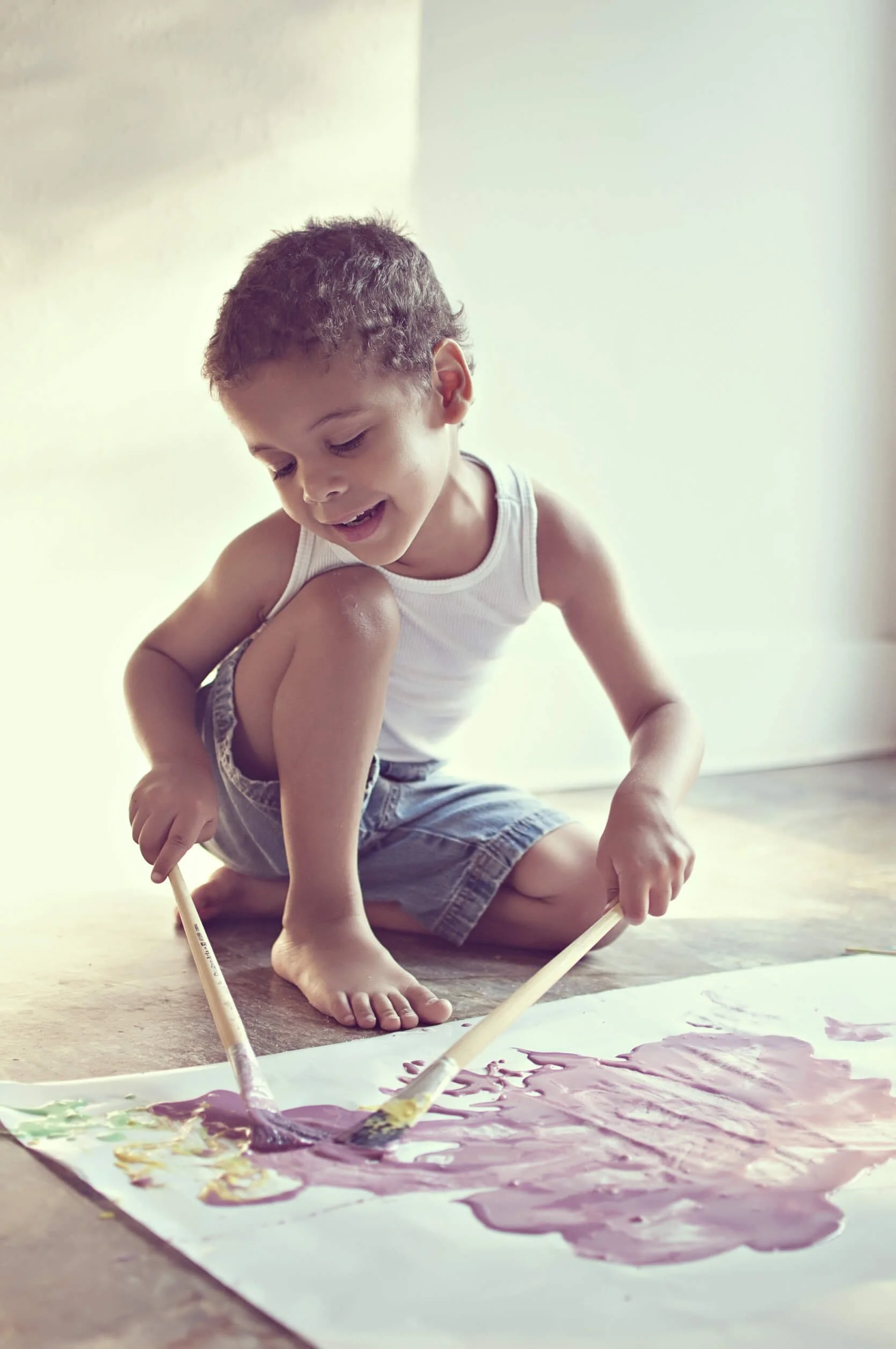The Art of Patience and Seeing Through a Child’s Eyes
Night at the Zoo with Henry’s Friends
Often, parents comment on how well children follow my lead or how patient I seem to be. Whether it’s at the playground when playtime gets wild, at the zoo when I’m trying to keep my son’s friends in a little bit of order, or in class when the excitement overflows — patience somehow becomes my superpower.
Weirdly enough, if you asked my husband, he’d tell you I’m not always the most patient person in daily life. But when it comes to children, it comes naturally — instinctively, on what to do to get their attention or spark their curiosity.
Growing up, I was an extroverted child who became a shy, introverted teenager after moving every few years. Through all those changes, I learned to adapt, observe, and carry little pieces of each version of myself along the way. Looking back, I think that’s why I connect so easily with different kinds of children now.
After becoming a mother, I started to really see how many kinds of personalities live inside little bodies — the shy and observant, the fearless and bold, the gentle dreamers and the ones who dive right in. And over time, I realized something: I can often understand a child best through their art.
The way they tilt their head, the colors they reach for, the shapes they make, the materials they choose — it’s all so revealing. Their inner world shows itself as they create. And that’s where my work begins.
Same subject, different outcome
After one or two classes, I start gently approaching each child in my own way — never to change who they are, but to encourage them to explore. For a shy child who draws small and careful lines, I might challenge them to see what it feels like to draw big and bold. For the child who fills every inch of the page, I’ll encourage them to slow down and really see what they’re creating — to discover new depth by paying attention to details.
I ask questions like,
“I can absolutely see what you’re trying to do now that you explained it — but what if we gave a little more clue for someone who hasn’t heard your story yet? What color could make this area pop? What shape could show this moment better?”
It doesn’t always click right away — and that’s okay. Building trust, both with me and with their own creative voice, takes time and repetition. Just like exercise strengthens the body, creative expression strengthens the imagination. The more we use it, the more freely it flows.
And once a child realizes that they can take an idea and turn it into something uniquely their own — that’s when the magic happens. It’s an incredible moment to witness. Suddenly, all those possibilities that were swirling inside their heads begin to take shape in the real world.
Not everything turns out beautiful right away — and that’s the best part. Every artist, young or old, learns through trial, error, play, and discovery. That’s how we find what works, what feels right, and what expresses who we are.
At the end of the day, what I hope to nurture through Whimsy Art Club isn’t just art skills — it’s the courage to explore, the patience to keep trying, and the joy of discovering one’s own way of seeing the world. Every child carries a spark of imagination that’s entirely their own, and my role is simply to help it shine a little brighter.
Through brushstrokes, colors, textures, and those quiet moments of focus, I see confidence grow, curiosity bloom, and connection deepen. That’s the real magic of art — not perfection, but transformation.



